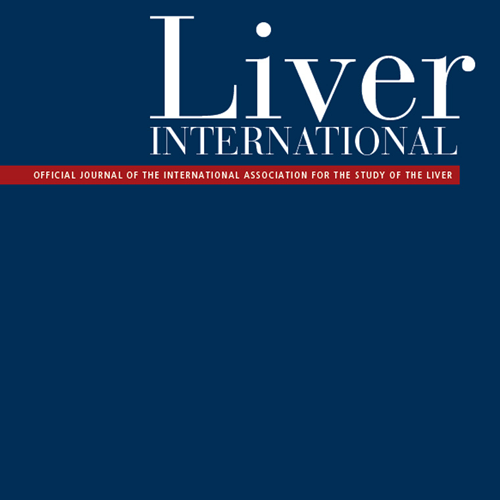Summary
Background & Aims
In 2014, the burden of hepatitis C virus (HCV) in Sweden was evaluated, to establish a baseline and inform public health interventions. Considering the changing landscape of HCV treatment, prevention, and care, and in light of the COVID-19 pandemic, this analysis seeks to evaluate Sweden’s progress towards the World Health Organization (WHO) elimination targets and identify remaining barriers.
Methods
The data used for modelling HCV transmission and disease burden in Sweden were obtained through literature review, unpublished sources and expert input. A dynamic Markov model was employed to forecast population sizes and incidence of HCV through 2030. Two scenarios (‘2019 Base’ and ‘WHO Targets’) were developed to evaluate Sweden’s progress towards HCV elimination.
Results
At the beginning of 2019, there were 29 700 (95% uncertainty interval: 19 300-33 700) viremic infections in Sweden. Under the base scenario, Sweden would achieve and exceed the WHO targets for diagnosis, treatment and liver-related death. However, new infections would decrease by less than 10%, relative to 2015. Achieving all WHO targets by 2030 would require (i) expanding harm reduction programmes to reach more than 90% of people who inject drugs (PWID) and (ii) treating 90% of HCV + PWID engaged in harm reduction programmes and ≥7% of PWID not involved in harm reduction programmes, annually by 2025.
Conclusions
It is of utmost importance that Sweden, and all countries, find sustainability in HCV programmes by broadening the setting and base of providers to provide stability and continuity of care during turbulent times.
Countries: Sweden

